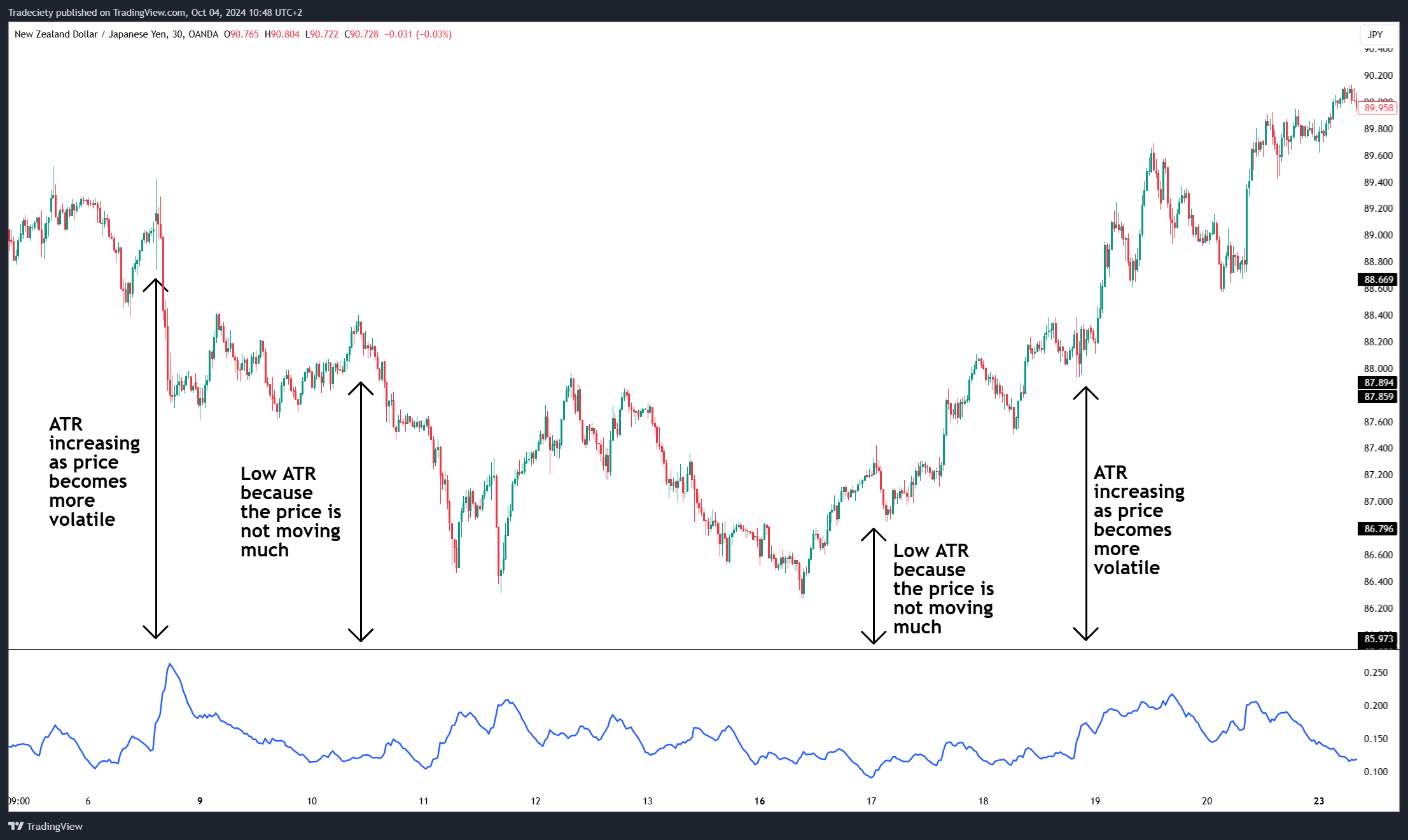Did you know that even professional traders can sometimes confuse their position sizes with their lunch orders? In trading, getting position sizing right is critical for success, yet many traders make common mistakes that can jeopardize their performance. This article dives into key pitfalls like overestimating account size, underestimating risk, and the emotional factors that can skew decision-making. We’ll also explore the impact of leverage, the importance of setting stop-losses, and the dangers of ignoring volatility. By addressing misconceptions and emphasizing the need for consistency and adaptation to market conditions, we aim to equip you with strategies to avoid these errors. Join us as we uncover essential tools and methods that can help refine your position sizing, ensuring your trading journey with DayTradingBusiness is both informed and successful.
What are the most common mistakes in position sizing?
The most common mistakes in position sizing include risking too much on a single trade, failing to adjust size based on account size, ignoring volatility, and not using stop-loss levels. Traders often overestimate their ability to handle large positions, leading to bigger losses. They also neglect to scale position sizes according to market volatility, which can cause excessive risk during volatile periods. Additionally, not setting appropriate stop-loss points or ignoring their importance results in larger-than-necessary losses. To avoid these, diversify risk, use consistent risk percentages, and incorporate volatility and stop-loss strategies into your position sizing.
How does overestimating account size affect position sizing?
Overestimating account size leads to taking larger positions than your risk allows, increasing the chance of big losses. It can make you feel more confident than your actual capital supports, causing reckless trades. This mistake often results in overexposure, wiping out your account faster. Proper position sizing depends on accurate account size; overestimating skews your risk management and undermines your trading discipline.
Why is underestimating risk a frequent error in position sizing?
Underestimating risk leads to oversized positions that can wipe out gains or cause big losses. Traders often think they can handle more risk than they actually can, ignoring market volatility and unexpected events. This mistake happens because of overconfidence, emotional decision-making, or poor risk assessment. Proper position sizing requires accurately gauging potential losses and sticking to a predetermined risk percentage. Underestimating risk makes it easy to overtrade and expose your account to unnecessary danger.
How can emotional trading lead to poor position size decisions?
Emotional trading causes traders to overreact to market swings, leading to larger-than-appropriate position sizes. When fear or greed take over, traders often double down or cut too early, ignoring proper risk management. This impulsive behavior results in taking on excessive risk, amplifying losses and making position sizes inconsistent with their trading plan. Ultimately, emotions skew judgment, causing poor position sizing decisions that can wipe out accounts.
What role does leverage play in position sizing mistakes?

Leverage amplifies the impact of position sizing mistakes by increasing both potential gains and losses. Using too much leverage can cause small errors in position size to lead to outsized losses, risking your entire account. It makes it harder to manage risk and can quickly wipe out capital if a trade moves against you. Proper position sizing should account for leverage to prevent overexposure and protect your funds.
How does failing to set stop-losses impact position sizing?
Failing to set stop-losses leads to poor position sizing because it can cause you to risk too much on a single trade, increasing the chance of large losses. Without stop-losses, traders often size positions based on emotion or guesswork rather than risk management, which can quickly blow up the account. Proper position sizing depends on knowing your risk per trade; neglecting stop-losses breaks that discipline and can result in oversized trades that wipe out profits or cause significant drawdowns.
Why is ignoring volatility a mistake in position size calculation?
Ignoring volatility in position size calculation leads to risking too much during market swings, increasing potential losses. When volatility spikes, the market moves more, so a fixed position size can wipe out your account quickly. Incorporating volatility ensures your risk stays consistent, regardless of market conditions. Without it, you might overexpose yourself during volatile periods and underexpose during calmer times, skewing your risk management.
How does inconsistent position sizing affect trading performance?
Inconsistent position sizing leads to unpredictable gains and losses, making it hard to manage risk. It can cause overexposure on risky trades or missed opportunities on smaller ones. This inconsistency erodes trading discipline, increases emotional stress, and hampers long-term profitability. Proper, consistent position sizing helps maintain balance, control drawdowns, and build a sustainable trading approach.
What are the dangers of risking too much on a single trade?
Risking too much on a single trade can wipe out your account quickly, lead to emotional decision-making, and prevent consistent growth. It amplifies losses if the trade goes against you, making recovery harder. Overexposure to one position reduces diversification, increasing overall risk. It can cause reckless trading habits and undermine long-term profitability.
How can poor understanding of risk-reward ratio cause sizing errors?

Poor understanding of the risk-reward ratio leads traders to misjudge how much to size their positions. They might take too large a position risking too much on a low-reward setup, or too small on a high-reward opportunity. This causes sizing errors, increasing the chance of big losses or missing profitable moves. Without clear risk-reward clarity, traders can't properly balance potential gains against possible losses, skewing position sizes.
Why is it important to adapt position size to market conditions?
Adapting position size to market conditions prevents overexposure during volatile times and avoids underestimating opportunities in stable markets. It helps manage risk effectively, reducing the chance of large losses. When markets are unpredictable, smaller positions protect capital; during calm periods, larger sizes can maximize gains. Ignoring market conditions leads to reckless trading, increasing the risk of ruin. Adjusting position size ensures your strategy stays balanced and responsive to changing market dynamics.
How does neglecting trading plan guidelines lead to sizing mistakes?
Neglecting trading plan guidelines causes sizing mistakes by encouraging overconfidence or impulsive decisions, leading to positions that are too large for your account. Without strict adherence, traders may risk more than intended, increasing the chance of significant losses. Ignoring set rules on position size removes the safety net, making it easy to make emotional trades instead of disciplined ones. This often results in traders taking bigger risks than their strategy allows, undermining risk management and profitability.
Learn about How to Incorporate Position Sizing into Your Trading Plan
What common misconceptions lead traders to choose incorrect position sizes?
Traders often underestimate risk, thinking they can handle large positions without proper stop-losses. They rely on gut feeling or past wins instead of solid calculations, leading to overconfidence. Some assume their account size is enough to withstand market swings, ignoring volatility. Others use fixed dollar amounts without considering the percentage of their capital, risking too much on small moves. Many ignore the importance of position size relative to stop-loss distance, which can cause big losses if not adjusted properly.
How can ignoring position sizing guidelines hinder long-term success?

Ignoring position sizing rules can cause big losses that wipe out your account, making long-term success impossible. Overtrading larger positions increases risk and leads to volatile swings, risking ruin. It also prevents consistent growth, as one bad trade can derail your progress. Without proper sizing, you can't effectively manage risk-reward ratios, leading to poor decision-making. Ultimately, neglecting these guidelines erodes capital over time, making sustained profits unlikely.
What tools or methods can help avoid position sizing errors?
Use a fixed percentage risk per trade, like 1-2% of your account, to prevent overexposure. Implement a position sizing calculator or trading software that automatically calculates optimal size based on risk parameters. Always set stop-loss orders before entering trades to define risk clearly. Keep a trading journal to review and learn from sizing mistakes. Stick to a pre-defined trading plan that includes strict position size rules. Use consistent rules for scaling in and out of positions to avoid emotional mistakes. Regularly backtest your strategies to ensure your sizing aligns with your risk tolerance.
Conclusion about Common Mistakes in Position Sizing and How to Avoid Them
In summary, mastering position sizing is crucial for successful trading. Common pitfalls, such as overestimating account size and neglecting volatility, can lead to significant losses. Emotional trading and poor risk-reward understanding further complicate decisions. To enhance your trading performance, it’s essential to adapt your position sizes to market conditions and adhere to a well-defined trading plan. By recognizing these common mistakes and employing appropriate tools, traders can mitigate risks and improve their outcomes. For further guidance and support in refining your trading strategies, consider leveraging the resources available through DayTradingBusiness.
Learn about How to Avoid Overtrading with Position Sizing
Sources:
- Common Mistakes that cause Automated Processing to Fail - arXiv info
- How to understand and report heterogeneity in a meta-analysis: The ...
- Avoiding complications in medial unicompartmental knee arthroplasty
- Impact of small residual setup errors after image guidance on heart ...
- Avoidance of the left lateral decubitus position during sleep in ...